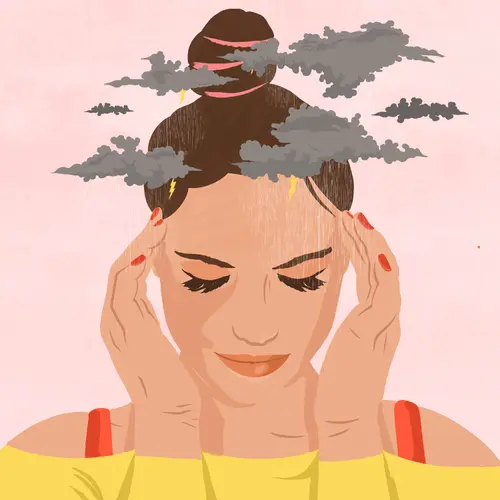Paroxysmal Hemicrania
Most people get bad headaches from time to time. But if you get really painful headaches on one side of your head or face that don’t last long but happen several times a day, you might have a rare type of headache called paroxysmal hemicrania. You have chronic paroxysmal hemicrania if you get them every day or almost every day. It’s also called Sjaastad syndrome. You could have episodic paroxysmal hemicrania if you only get them sometimes. Here’s what you need to know.
Symptoms of Paroxysmal Hemicrania
Paroxysmal hemicrania headaches feel like throbbing, claw-like, and/or stabbing pain on one side of your face. They can last from just a few minutes to 30 minutes. Most people say their pain is a 10 on a scale of 0-10, with 10 being the most painful. You usually can’t do your normal activities when you get this type of headache. Other symptoms include:
- Pain behind one eye (you may also feel pain in other areas of your face, head, and/or neck)
- Red and tearing eyes
- A drooping or swollen eye on the side of your face where you’re feeling pain
- Flushing in your face
- Nasal or sinus congestion or pain
- Sensitivity to light or noise
- Nausea or vomiting
Paroxysmal hemicrania and migraine headaches can be very painful. But migraine lasts longer.
Causes of Paroxysmal Hemicrania
Paroxysmal hemicrania usually starts in adulthood. Experts aren’t sure exactly what causes it, but you’re more likely to have it if you’re a woman or you have:
- Head trauma (like from an accident)
- A tumor in your pituitary gland (a hormone-producing gland at the base of your skull)
- Arteriovenous malformations (an abnormal tangle of blood vessels)
These things can trigger paroxysmal hemicranias:
- Cheese
- Chocolate
- Coffee
- Alcohol
- Temperature changes
- Exercise
- Stress, or relaxing after being stressed
- Exercise
- Applying pressure to your neck or moving your head a certain way
How Is Paroxysmal Hemicrania Treated?
Your doctor will probably prescribe indomethacin, a non-steroidal anti-inflammatory drug (NSAID), to treat your paroxysmal hemicrania. Corticosteroids and other NSAIDs don’t work as well. Avoiding triggers can help ward off headaches. Paroxysmal hemicrania sometimes goes away without treatment.
When to See a Doctor
Talk to your doctor any time your headaches keep you from doing your job and enjoying your life, or when you feel worse than usual. Tell them if your headaches are frequent, severe, or change in any way from your regular headaches. Call 911 if you have a bad headache and you:
- Feel confused
- Are weak or faint
- Can’t speak, see, and/or walk
- Have a fever over 102
- Have a stiff neck
- Are nauseated or vomiting

